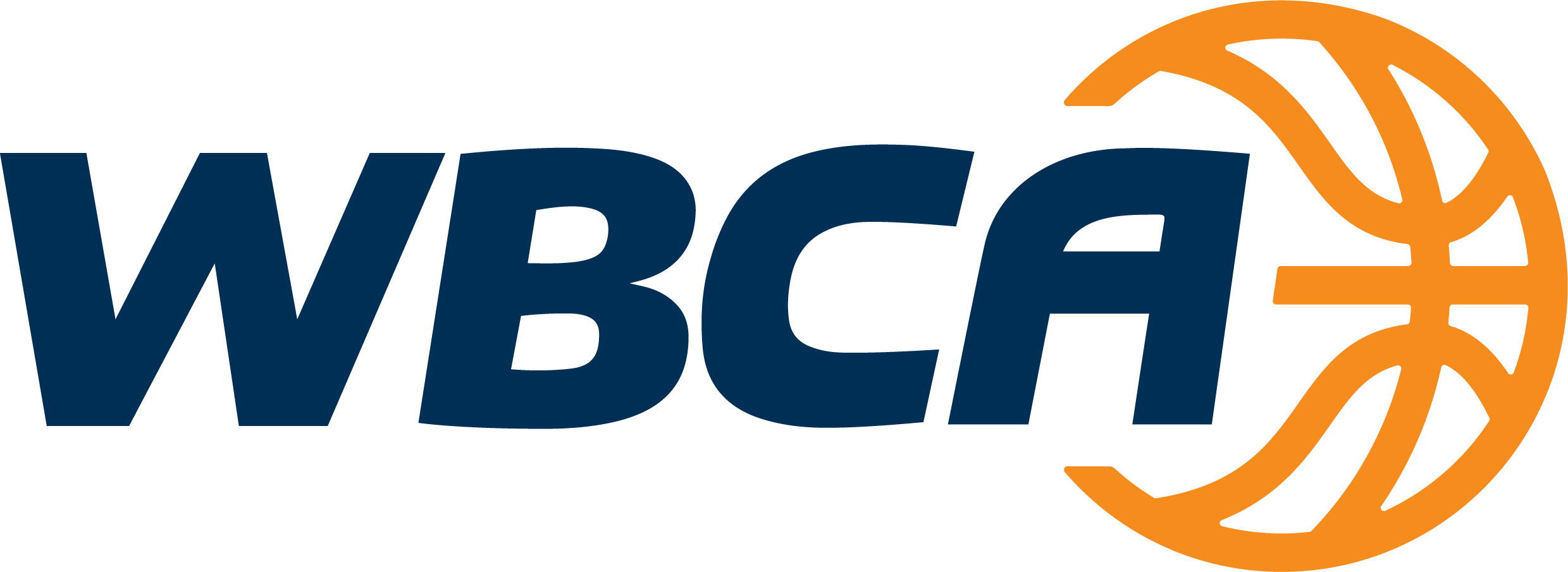By: Jeff Parr, Oklahoma State
Ten years ago I saw an opportunity to make an impact on my women’s basketball program in a way other than coaching. I started learning video. Video coordinating has quickly become one of the most important positions on staff due to seasoned baby boomers and coaches who are not tech savvy.
Head and assistant coaches cannot always stay up to date on technology impacting our business every day. This is where we come in as video coordinators. Take this opportunity to bring new technology and ideas to your program.
Three areas where today’s video coordinator can make a significant impact are player development and scouting, recruiting, and video production marketing.
Player development and scouting
Video coordinators can positively affect a program’s player development and scouting efforts with proper coding of analytics on video. At Cowgirl Basketball, I code many categories including play call, player minutes, offensive rebounds given up, shots, shot type, shot chart and what time segment in the game all these things are happening. This allows student-athletes and coaches the ability to reflect on both the team and individual players’ strengths and weaknesses as well as understanding the opposing team.
If a student-athlete approaches a coach and asks what her top sequences are, the coach can pull analytic information and show what moves the player is making. For example, if Player A is missing shots in the last few minutes of the game, coding can reveal reasons. She may need to practice shooting when she is tired. Analytics show that her hips are not loaded when she is tired. You can then talk with the strength and conditioning coach to help correct her stance.
If she’s a strong shooter and her pull-up jumper is going left not right, you can dig deeper. Analytics allow the coaching staff to watch footwork, arch and other shooting mechanics that are important to the player’s development.
Recruiting
Today’s top prospects are watching you and what you create online. By creating a wealth of digital content, you can grab their attention and help shape your program’s reputation and showcase your student-athletes’ experience. Digital is the new wave for recruiting, and it is here to stay. In fact, CNN reported last year that 67 percent of teens owned a smartphone and spent an average of nine hours interacting with some form of media. The report further said 6.5 of those hours were spent on a screen of some sort, whether tablet, smartphone or computer.
Envelopes and postage are outdated. They are still important, but I experience a larger response to our correspondence by creating digital graphics — using programs like Photoshop or InDesign — for student-athletes. Out program delivers these through social media channels and has found great success.
The most rewarding part is having a graphic you created be liked and/or shared by student-athletes on their social media accounts.
Video production marketing
Just like with graphics, videos allow you to market different aspects of your program through social media channels and your website. When I began working with our program, we did film sessions with a prospect that were 20- to 30-minutes long. I found it quite boring and could only imagine what that 18-year-old student-athlete was thinking. In reality, you have three to five minutes to keep a young person engaged in a session; so, whatever you are showing better be graphically appealing and straight to the point.
Knowing this, I decided to create positional feature videos — heavy on cool music and nice graphics — to communicate our success at various positions. These videos also served a dual purpose as we posted them as additional content on our website. This addition makes a great impression on a prospective student-athlete and their parents — providing them with a professional outlook on what could be their future at Oklahoma State.
With simple tools like video cameras and/or a smartphone, you can start creating your own professional videos which will be the best way to get content out consistently and in a timely manner. I love what I do and am always anxious to take on the next challenge.
If you need help getting started, there are all kinds of tutorials on YouTube and Lynda.com. However, the best resources are the ones in your own program and the video coordinator community.

